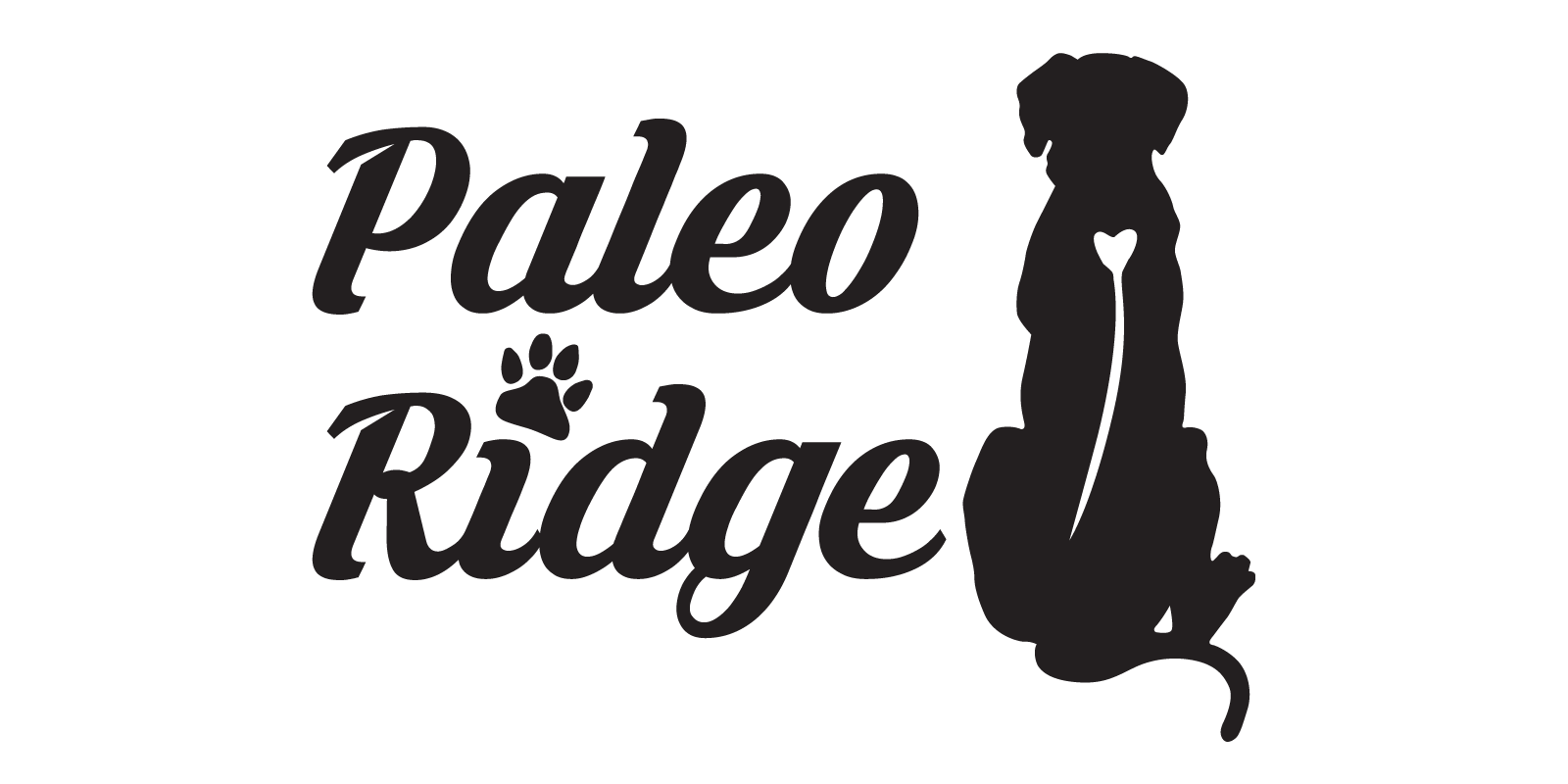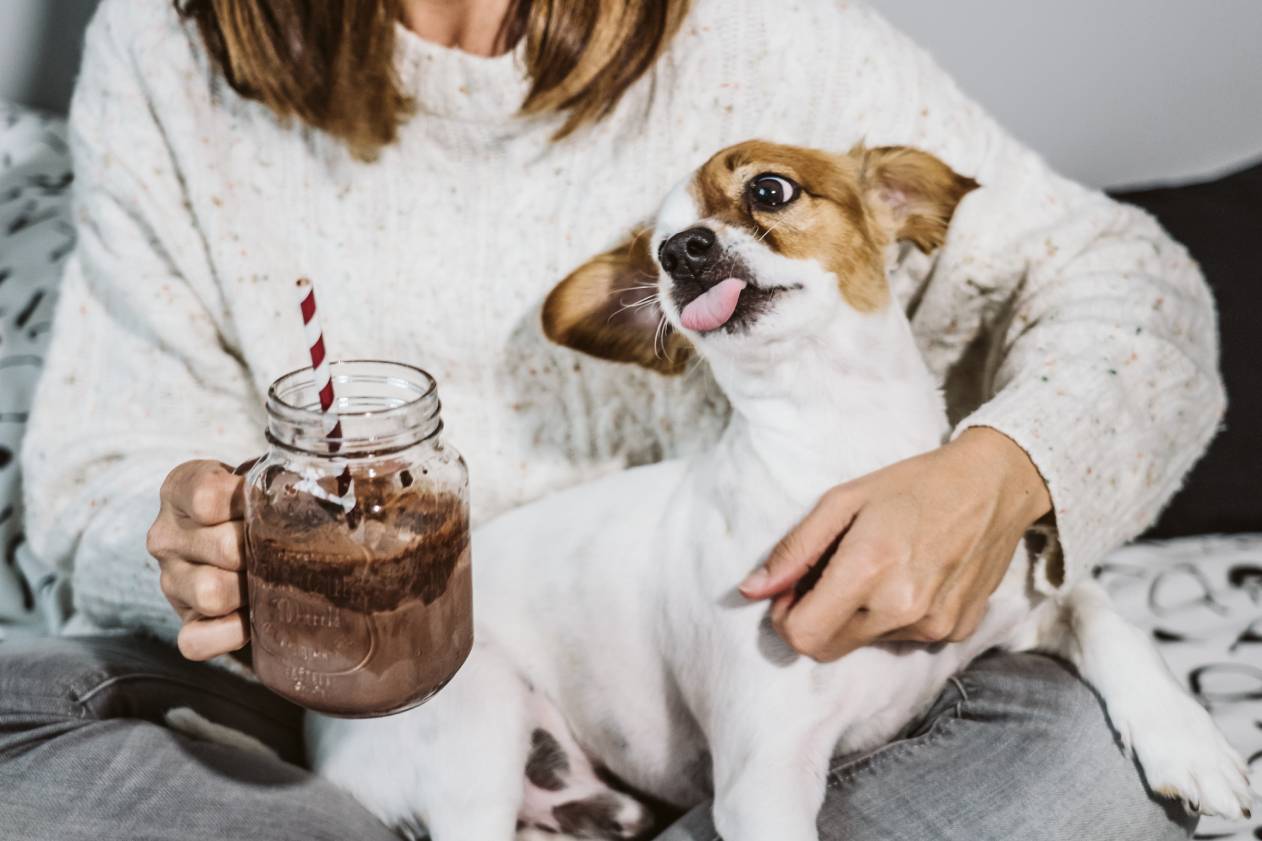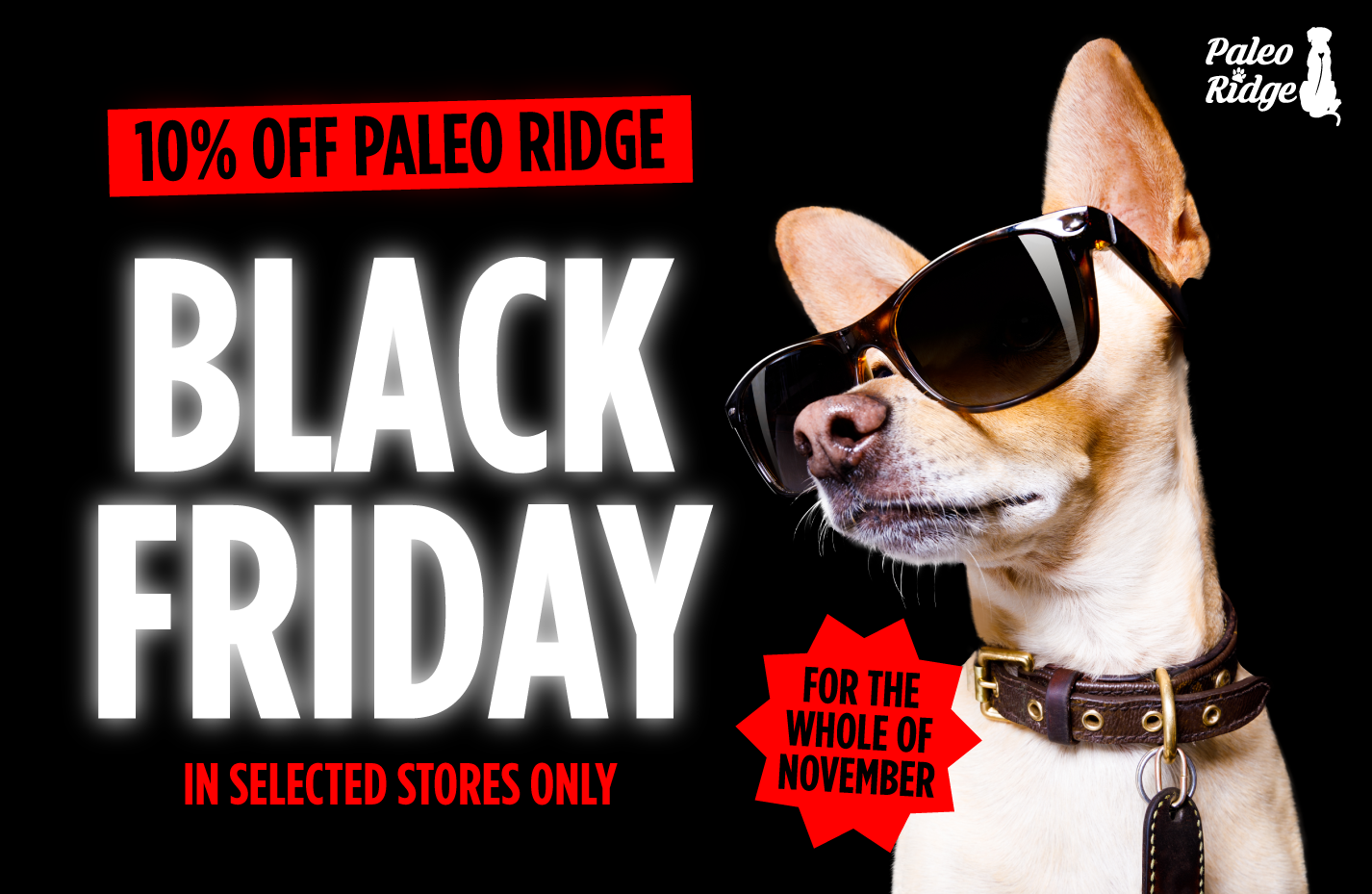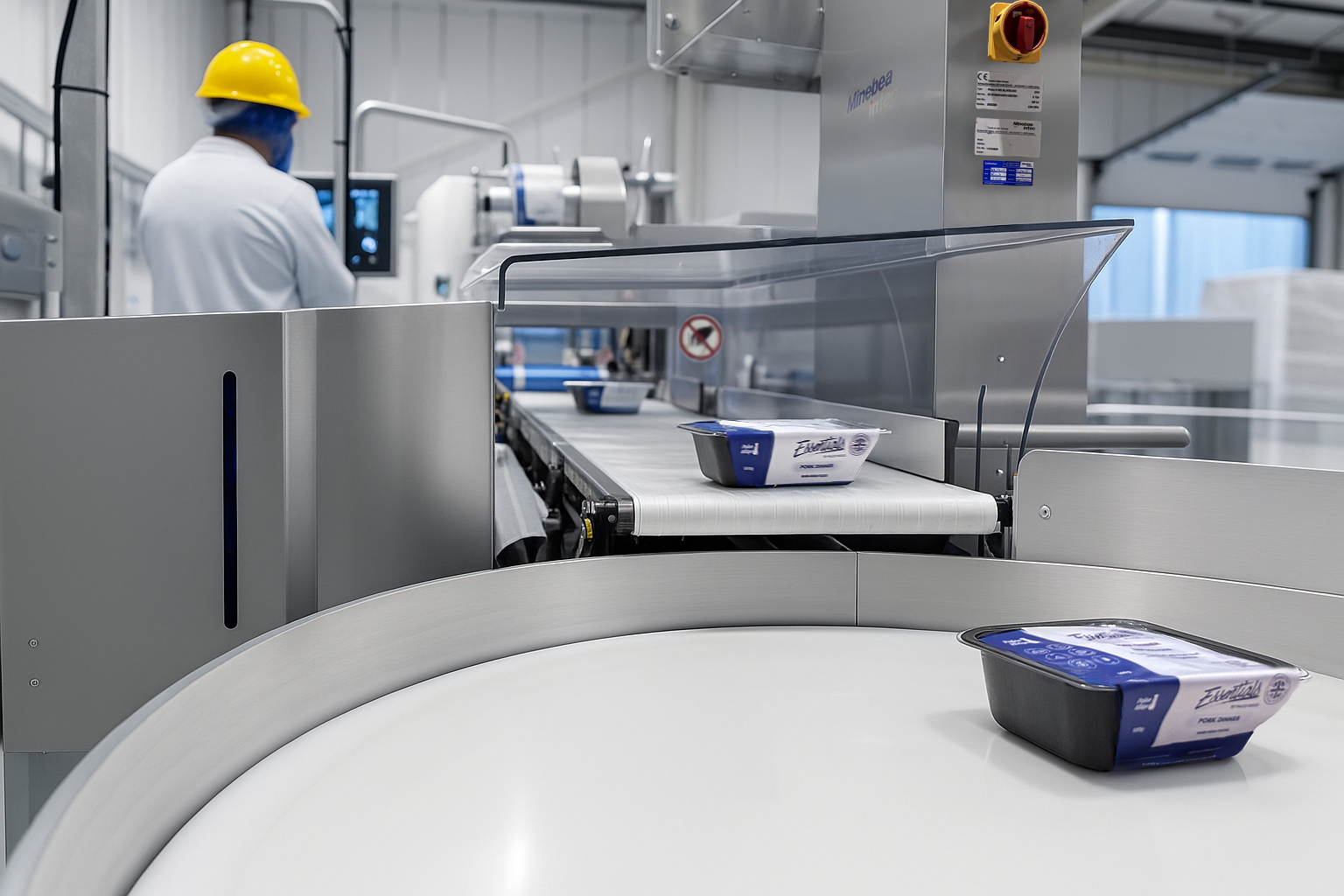At Paleo Ridge, we believe in caring for dogs the way nature intended, wholesome nutrition, proactive health, and peace of mind for pet-parents. With Christmas around the corner and extra chocolate floating about the house, now is the perfect moment to brush up on what to do if your dog accidentally gets into the chocolate advent calendar, or gift box.
Chocolate may seem harmless, but for dogs it’s no joke. Below we’ll walk you through why it’s dangerous, how much is too much, and most importantly, a clear step-by-step of what to do if your beloved dog has eaten chocolate, plus how to prevent the whole scenario in the first place.
Why Chocolate Can Be Harmful to Dogs
Unlike humans, dogs process certain compounds differently. Chocolate contains methylxanthines, notably theobromine and caffeine, which dogs are far less efficient at metabolising.
Theobromine is the key culprit, it acts as a heart stimulant, a smooth muscle relaxant, and a diuretic in humans, but in dogs it accumulates and can lead to serious toxic effects.
Different chocolates contain different levels of these compounds. The darker and more concentrated the cocoa, the higher the risk.
Signs of toxicity may not appear immediately. Because theobromine has a long half-life in a dog’s system (6-12 hours or more), you might not see symptoms until later.
Around the festive period there are many tempting treats are lying around, one moment of inattention can become a crisis.
How Much Chocolate is Too Much?
Since risk depends on the type of chocolate, the size of your dog, and how much was eaten, there’s no one-size-fits-all measure. But here are some guidelines:
Milk chocolate has lower levels of theobromine compared to dark or baking chocolate.
For a small dog (say 4.5 kg / 10 lb), even a few bits of dark chocolate could move them into the “Stage 1” toxicity range.
For a larger dog (22.5 kg / 50 lb) the absolute amount needs to be higher to cause severe effects but dark or baking chocolate still poses a serious risk.
White chocolate is much lower in theobromine, but that doesn’t mean it’s safe, it still contains sugar, fat, and may cause digestive upset.
If your dog eats ANY chocolate, especially dark or baking chocolate, assume it’s an incident worth monitoring and potentially acting on.
What to Do If Your Dog Eats Chocolate
When you realise your dog has eaten chocolate, timely action matters. Here’s a practical step-by-step guide pulled together with the same commitment to natural care that defines Paleo Ridge.
Stay Calm & Gather Information
- Note when your dog ate the chocolate (approximate time).
- Determine how much and what kind (milk, dark, baking).
- Know your dog’s weight.
This info will help you and your vet assess the risk.
Contact Your Vet Immediately
If the amount eaten is large or the chocolate is high cocoa, contact your vet without delay. They may advise inducing vomiting, administering charcoal, or monitoring in-clinic.
Induce Vomiting (Only If Advised)
If your vet agrees and the incident was recent, within an hour or so, you may be asked to induce vomiting. Do not attempt this without veterinary guidance, as there are risks.
Ask About Activated Charcoal or Clay
Your vet may recommend activated charcoal, which limits absorption of theobromine or bentonite clay, which helps bind toxins. These treatments must be administered correctly and under advice.
Monitor and Care for Your Dog
- Watch for signs such as vomiting, diarrhoea, rapid heart rate, restlessness, tremors.
- Even if your dog appears fine initially, because theobromine lingers, keep an eye on them for 24-72 hours.
- Ensure fresh water is available (especially if bentonite clay is used, to avoid constipation).
Aftercare with a Natural Approach
At Paleo Ridge we advocate for wholesome nourishment and gentle care. After the acute risk is over, help your dog recover with:
- A high-quality, natural diet
- Calm, stress-free environment
- Extra supervision around treats and snacks

Prevention is Best
As Christmas approaches, it’s wise to be proactive and take the necessary steps to avoid any chocolate ingestion risks:
- Store chocolates and advent calendars out of reach (high shelf, closed cupboard).
- Educate family and guests, dogs are opportunistic. A dropped bar or unattended gift can become tragedy.
- Use dog-safe treats for your four-legged companion, keep chocolate strictly for humans.
- Consider substituting family chocolates with dog-safe alternatives if your pet is prone to stealing snacks.
- Keep your dog’s health tools and your vet’s number handy, preparedness gives you peace of mind.
When it comes to chocolate ingestion, knowledge is power. If the worst happens, you act quickly. If you’re prepared, you prevent a crisis.
If your dog eats chocolate and you're in any doubt whatsoever, call your vet. Trust your instincts. Then come back to the care and nourishment side of things, and let your dog recover in the warmth of your home, on the strength of nourishing food and lots of love.



